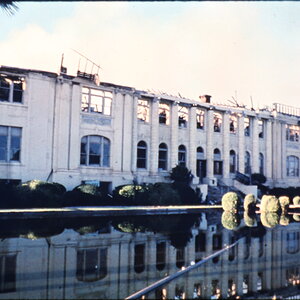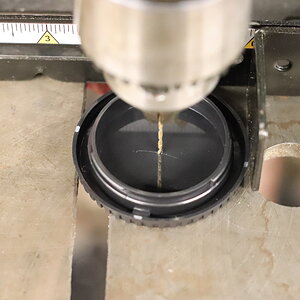- Joined
- Sep 2, 2005
- Messages
- 14,455
- Reaction score
- 3,328
- Can others edit my Photos
- Photos OK to edit
hmmm...
I'm curious if anyone will disagree with me on this.
My understanding is that lens hoods are intended to reduce the amount of light from sources other than the subject off of the film/sensor. (Imagine if you look through the hood--- what do you see? Mostly the subject your lens would be focused on) This has the indirect effect of keeping the sun off your glass, reducing lens flare to SOME degree, etc.
In some cases, the lens hood will also be shaped to deliberately allow more light in at strategic locations, most notably with wide angle lenses where you will find a shaped hood with "cutouts" at the corners... this allows more light in at the corners to reduce the vignetting effect on wide angle lenses.
I'm curious if anyone will disagree with me on this.
My understanding is that lens hoods are intended to reduce the amount of light from sources other than the subject off of the film/sensor. (Imagine if you look through the hood--- what do you see? Mostly the subject your lens would be focused on) This has the indirect effect of keeping the sun off your glass, reducing lens flare to SOME degree, etc.
In some cases, the lens hood will also be shaped to deliberately allow more light in at strategic locations, most notably with wide angle lenses where you will find a shaped hood with "cutouts" at the corners... this allows more light in at the corners to reduce the vignetting effect on wide angle lenses.


 .
.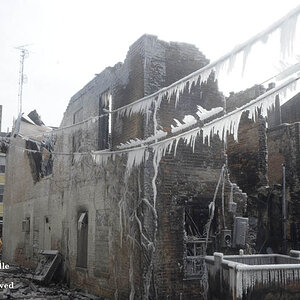
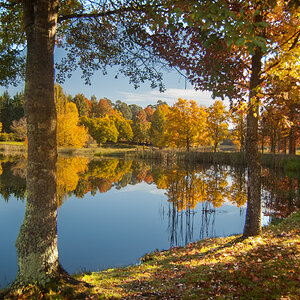


![[No title]](/data/xfmg/thumbnail/31/31744-f06a1a9bb9c74e3b8b332878f5fe71f1.jpg?1619734986)

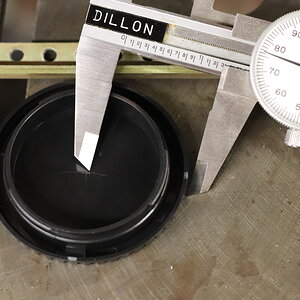

![[No title]](/data/xfmg/thumbnail/33/33361-f56184027ce743b2b7ba9d378a8bb426.jpg?1619735925)
